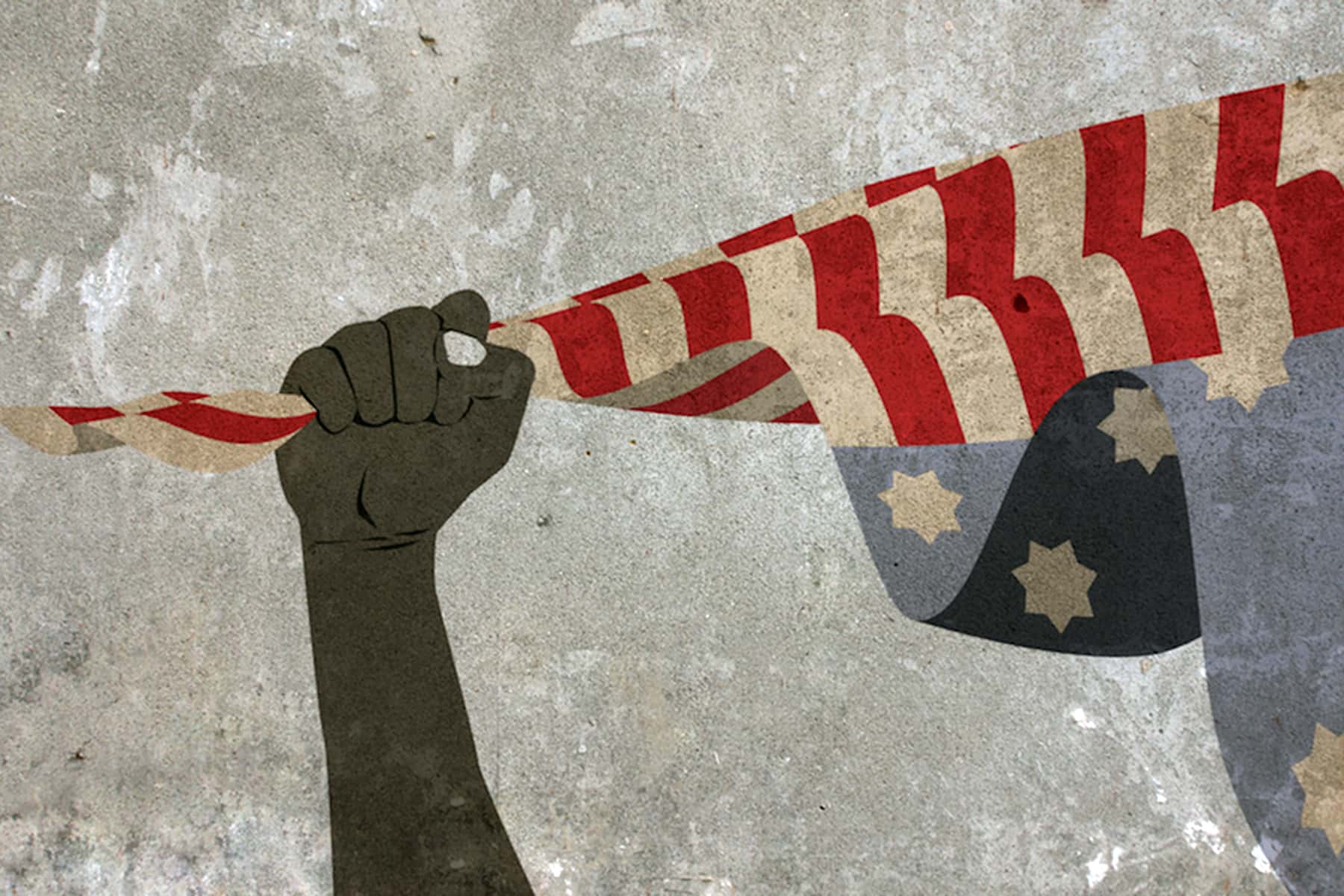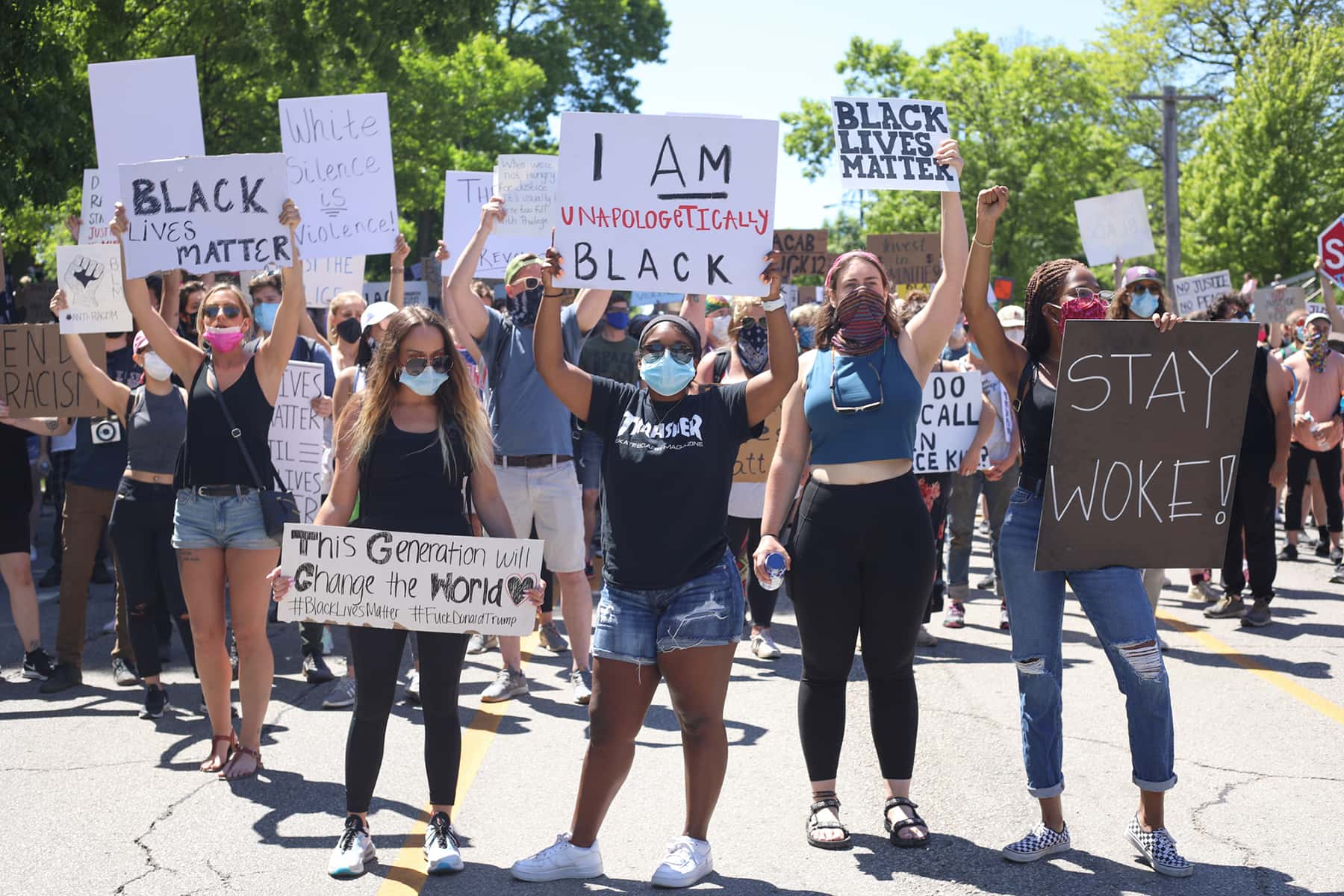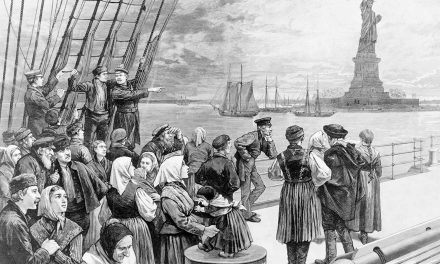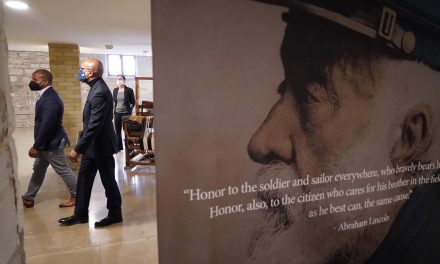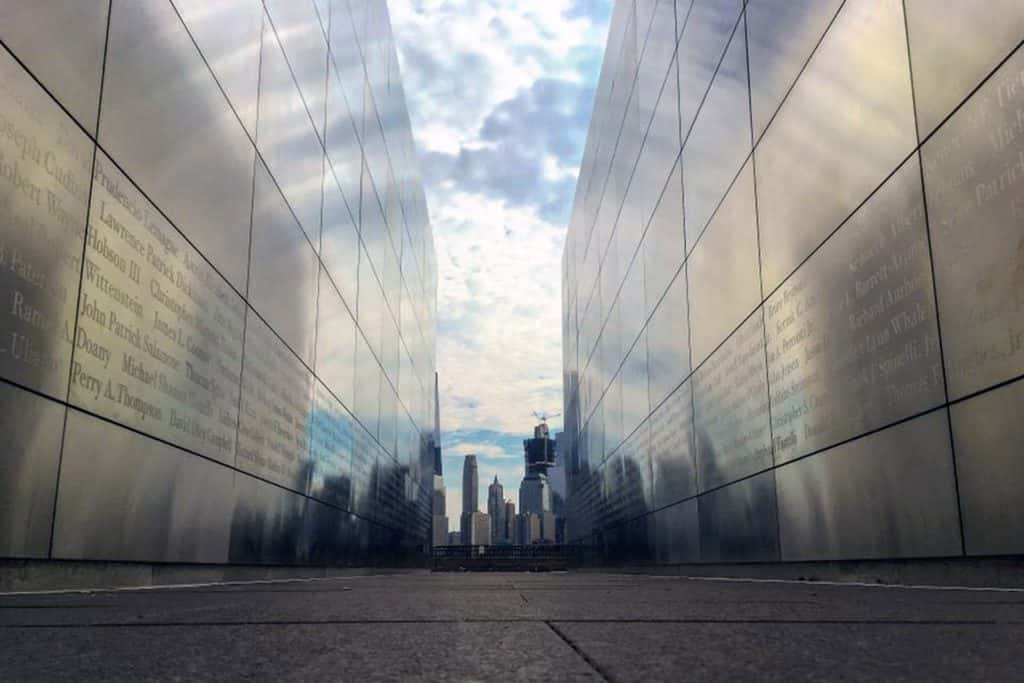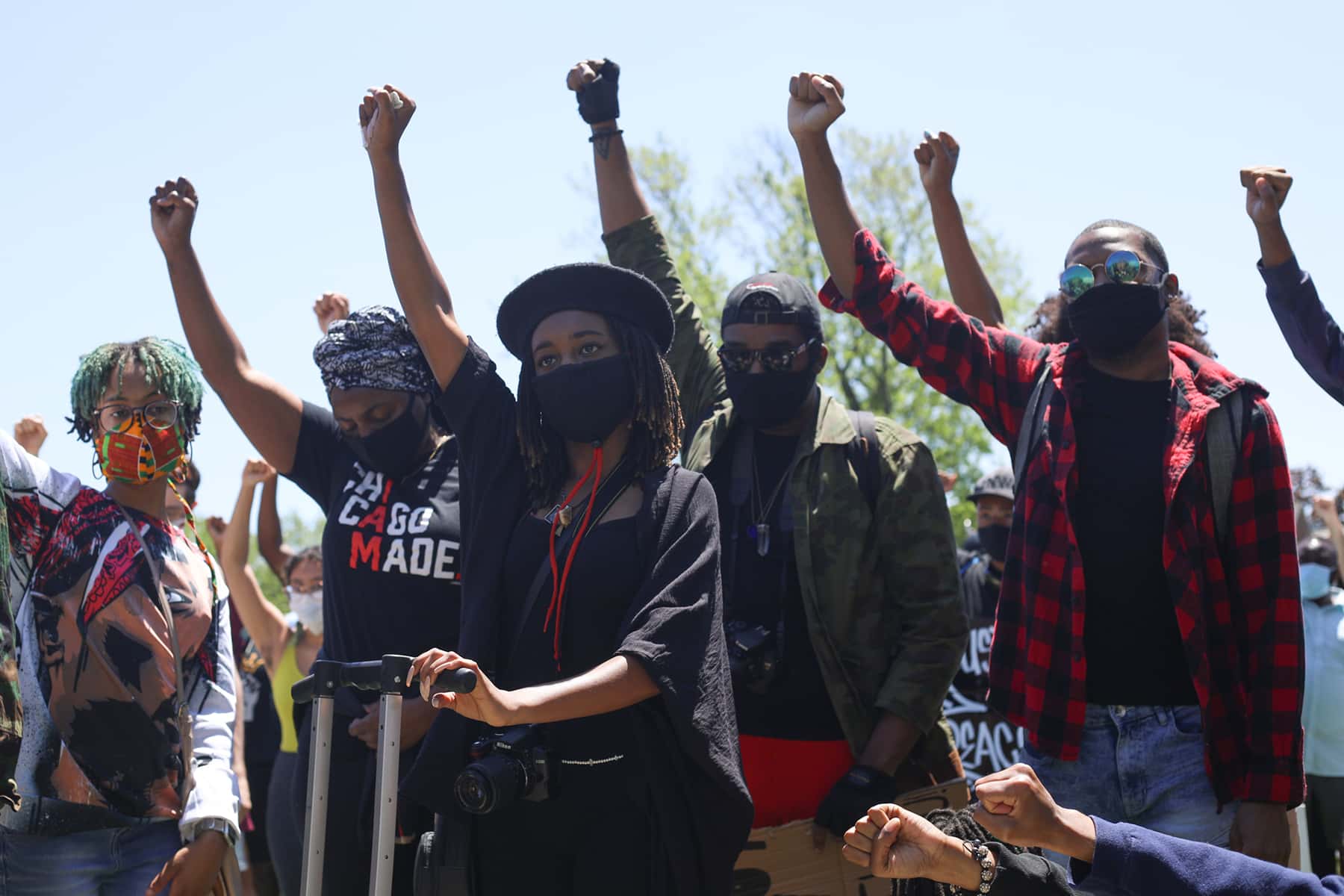
“Cold War defined: a state of political hostility between countries characterized by threats, propaganda, and other measures short of open warfare.”
“We are here to educate, not forgive. We are here to enlighten, not accuse.” – Willie Johns, Brighton Seminole Reservation, Florida
As residents of America we learn a very specific and narrow history of this country. All of us learn the same things in history class. All of us over a certain age saw the “cowboys and Indians” movies and TV shows. We were taught through what sociologist Joe Feagin calls the “White Racial Frame.”
This frame of reference is one in which white people are almost always shown in a positive light, even when brutalizing non-white people. It justifies what many white people love to think about themselves and “their” country. This White Racial Frame creates a feeling of normalcy in the mistreatment of non-white people. It teaches that people of color deserve what they have gotten because they did not accept “personal responsibility” and had “cultures” which were flawed. It teaches that systemic, structural and institutional racism are non-existent.
Growing up being exposed to this worldview it is no surprise that white people feel privileged. I’m not shocked that “America” means just the United States of America despite dozens of other nations being in the Americas. It is aligned with the arrogance of this frame of reference of American exceptionalism. This White Racial Frame is spread far and wide by our Hollywood movie and television studios. Immigrants to the country already know how to see, and think about people of color when they arrive on these shores.
Years ago while in the Navy I traveled to Sydney, Australia. In a small pub with a few African American shipmates we were befriended by a group of Australian men. We all had drinks together, except me of course, and were having a great time. After a few too many “pints” one of the Australian guys decided to ask us to talk like the Mushmouth character from the Fat Albert cartoon. For those of you too young to remember him, he spoke a very exaggerated colloquial black English. We told the guy that it’s a carton character and not a representation of a real person. He insisted that we could talk like Mushmouth.
Of course we tried to explain to no avail that this made no sense and that no one really talks like Mushmouth. After a while emotions boiled over and his “mates” had to take him home. We laughed about it afterwards but the memory stays in my mind all these years later. We were thousands of miles away from America and white people thought of us as caricatures. It wasn’t his fault. America sells this message all over the planet with polite subtitles attached. People in China, Bulgaria, Ecuador, The Maldives, Indonesia, Kenya, and all of the nations of the world see America through the lenses of Hollywood.
There has been a seemingly “silent war” being fought on this land since Columbus made his first foray into the “New World.” I say silent because it is not generally spoken about in polite circles by white people. The arrival of Columbus, along with the Nina, Pinta and Santa Maria did not end well for the Indigenous people. We aren’t taught this version in school though. We are taught Columbus “discovered” America despite the fact that tens of millions of people were already here. Plymouth Rock is the place we were taught where the Pilgrims landed and started this nation. Never mind the fact that the rock already had a name; never mind the fact that the land could not be owned in the traditions of the people already there. It was taken by force.
“You didn’t land on Plymouth Rock! Plymouth Rock landed on you!” – Malcolm X
Our nation’s bloodiest war we are told was the Civil War fought by the “North” and the “South” from April 1861 until April 1865. Ignored are the wars fought by the natives of this land and the millions of Africans forcibly kidnapped and brought to this land to work as captives in chains for hundreds of years before Fort Sumter and years before Appomattox.
An honest look back makes us well aware of the struggles in a silent, at least to whites, battle that has not ended. In his detailed history of the Americas David E. Stannard’s American Holocaust: Columbus and the Conquest of the New World the historian dispels the myths we learned in school. The jacket cover describes the depopulation of the America’s.
“For four-hundred years, from the first Spanish assaults against Arawak people of Hispaniola in the 1490s to the U.S. Army’s massacre of Sioux Indians at Wounded Knee in the 1890s, the indigenous inhabitants of North and South America endured an unending firestorm of violence. During that time the native population of the Western Hemisphere declined by as many as one hundred million people.”
Roxanne Dunbar-Ortiz won the 2015 American Book Award for her outstanding work An Indigenous Peoples’ History of the United States.
“Today in the United States, there are more than five hundred federally recognized Indigenous nations comprising nearly three million people, descendants of the fifteen million Native peoples who once inhabited this land. The centuries-long genocidal program of the U.S. settler-colonial regimen has largely been omitted from history.”
“Under the crust of that portion of Earth called the United States of America — “from California … to the Gulf Stream waters” — are interred the bones, villages, fields, and sacred objects of American Indians. They cry out for their stories to be heard through their descendants who carry the memories of how the country was founded and how it came to be as it is today.”
These are the stories missing from American history books and classes. This is why as a little boy I could be convinced to always see the “Indians” as the bad guys. It is why the term “Indian givers” is so loosely expressed with no knowledge of the true history by so many. One of my favorite historians is Howard Zinn. He is one of the more well known white historians that has attempted to teach us from a lens outside of the White Racial Frame. He spoke about missing voices in American history both white and non-white.
“To omit or to minimize these voices of resistance is to create the idea that power only rests with those who have guns, who possess the wealth, who own the newspapers, and the television stations. I want to point out the people who seem to have no power…”
Some of those voices have been of American Indians. Vine Deloria Jr. wrote Custer Died For Your Sins: An Indian Manifesto in 1970. I was first introduced to this brilliant book while taking a Native American history class in college years ago. He wrote “one of the finest things about being an Indian is that people are always interested in you and your “plight.” Other groups have difficulties, predicaments, quandaries, problems or troubles. Traditionally we Indians have had a “plight.” Our foremost plight is our transparency. People can tell just by looking at us just what we want, what should be done to help us, how we feel, and what a “real” Indian is really like … Because people can see right through us, it becomes impossible to tell the truth from fiction or fact from mythology. Experts paint us as they would like us to be.”
This is indeed the story of many non-whites in America. This country lumps all people from Asia into one homogenous group with no understanding that they come from many nations, and different clans within those nations. Just over a decade ago we lost one of our greatest historians. Ronald Takaki a third-generation American of Japanese heritage was an emeritus professor of Ethnic Studies at the University of California, Berkeley for decades. His scholarship mainly addressed the myriad histories of those of Asian descent in his decades of work. He sought to tell the untold stories and to fight against the stereotypes of Asians by using their voices to tell their truths. As a kid I remember watching the disturbingly racist Charlie Chan movies on television. There were few other non-stereotypical portrayals to see. The way Asians were depicted in such a negative way has a long history in America.
My favorite book by Takaki is the 1989 masterpiece, Strangers From a Different Shore: A History of Asia Americans. The San Francisco Chronicle described the book by saying, “Takaki effortlessly weaves the stories of thousands of Japanese, Chinese, Korean, Fillipino, Indian, Vietnamese, Cambodians, and Laotian Americans into a single tale of discovery, endurance, and courage.” This is an understatement for me. I for the first time in my life, was able to understand the true diversity embodied in the term “Asian” after reading this book. It wasn’t for a class. I just wanted a different perspective and different learning experience. I’m richer for having read it. In the preface, Takaki wrote about the mistaken notion that “‘American’ means “white” or European in origin. This ethnocentric notion leaves out many groups, including Asian Americans.”
He told how “Time of arrival … shaped the lives and communities of Asian Americans. About one million people entered between the California gold rush of 1849 and the Immigration Act of 1924, which cut off immigration from Asian countries, and after a hiatus of some forty years, a second group numbering about three and a half million between 1965 and 1985.” On the walls of the Angel Island Immigration Station, the west coast version of Ellis Island, some unknown person carved these words:
I used to admire the land of the Flowery
Flag as a country of abundance.
I immediately raised money and started my journey.
For over a month, I have experienced enough wind and waves….
I look up and see Oakland so close by….
Discontent fills my belly and it is difficult for me to sleep.
I just write these few lines to express what is on my mind.
Takaki quotes a 1920 Stanford University interview where a Chinese man said, “I hope this survey do a lot of good for Chinese people. Make American people realize that Chinese people are humans.” Indeed we have been denied the opportunity for far too long to see Asian Americans as human beings. I always scoff at the depictions of Asian “gangsters” and the so-called model minority myth of Asians. They are such demeaning representations of a very diverse people. Stranger From a Different Shore explores the rich history, trials and tribulations, as well as triumphs over discrimination and racism by Asian Americans throughout American history.
Paul Ortiz, associate professor of history and the director of the Samuel Proctor Oral History Program at the University of Florida wrote a book that explored the Latinx and African American experience in 2018. An African American and Latinx History of the United States tells the stories of the Latinx experience that I did not learn in either K-12 schooling or college. His lifetime of scholarship was driven by an incident he described from his childhood in the author’s notes.
“I was born in 1964 and it was in fourth grade that I remember the words being used against me for the first time. It was dinnertime at the kitchen table when my new, white, stepfather announced that if I wanted to continue eating meals with the family I would have to ‘stop eating like a spic, and stop drinking like a nigger.’ Until I learned proper table manners I was forbidden to eat with my mother and baby sister. My stepfather referred to incidents where I defied his authority as ‘Mexican standoffs’ and he washed my mouth out with hot sauce as a lesson. He forced me to change my name from Paul Ortiz to Mick MacDonald, MacDonald being his surname … I was taught by the white adults around me that ‘Blacks and Mexicans’ had contributed nothing to the United States.”
Ortiz documents how “Black and Latinx intellectuals and organizers have urged the United States to build bridges of solidarity with the nations of the Americas.” He contrasted this with the “wall” being built along our southern border. The stories of Latinx people has scarcely been told in mainstream historiography. Most of us can barely tell you one cogent fact about the Latinx experience that shows their resilience and fortitude in the lands that were once the homes of their ancestors.
One of the most amazing books in my collection is an 1811 book titled, Practical Rules For the Management and Medical Treatment of Negro Slaves in the Sugar Colonies by a Professional Planter by a Dr. Collins. In a chapter he called “On Negro Slaves’ Dr. Collins asserted the following:
“there is evidence to support the suspicion, that if any of them were to be rejected, and left in the hands of black-dealers, they would be disposed of in a manner more shocking than by bringing them to the sugar colonies, where they have, at least, a chance for life, and as much happiness as they enjoyed in their own country.”
The arrogance of Dr. Collins is built into the White Racial Frame. How could we be happier than to be enslaved? We learned in history class of the “slaves singing in the fields.” We were taught that many “masters” were kindhearted whites and that slavery wasn’t all that bad.
Fighting against these depictions of people of color in our textbooks and schools is an ongoing battle. Most American schools don’t teach the history written by these brilliant scholars. We are all cheated in our history classes unless we are fortunate to have a “good” history teacher. Nothing against any of my previous K-12 history teachers, but none of them would fit into that category. The material was not in the curriculum, they didn’t learn it themselves, therefore it was not taught.
As we grapple with this mess of a nation, we must be increasingly aware of the silent but deadly “Cold Civil War” for dignity being fought every day. Someone just recently reminded me of the irony of the slogan “Black Lives Matter.” We are fighting just to matter, not to mean something significant, but simply to matter! This is the ongoing battleground people of color find themselves in everyday.
“Buttressed by their belief that their God had entrusted the earth into their keeping, drunk with power and possibility, waxing rich through trade in commodities, human and non-human, with awesome naval and merchant marines at their disposal, their countries filled with human debris anxious for any adventures, psychologically armed with new facts, white Western Christian civilization during the fourteenth, fifteenth, sixteenth, and seventeenth centuries, with a long, slow, and bloody explosion, hurled itself upon the sprawling masses of colored humanity in Asia and Africa. I say to you white men of the West: Don’t be too proud of how easily you conquered and plundered…” – Richard Wright in “White Man, Listen!”
© Photo
Claudio Martinez

